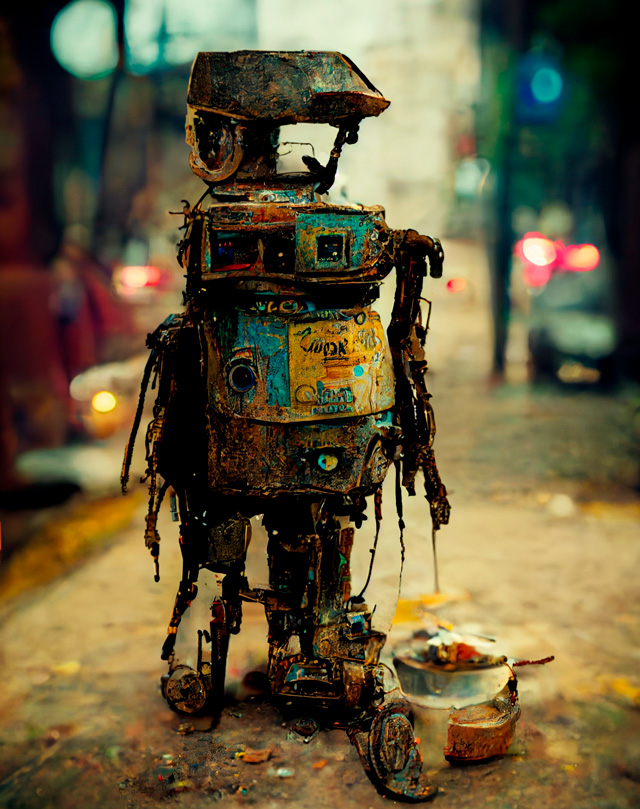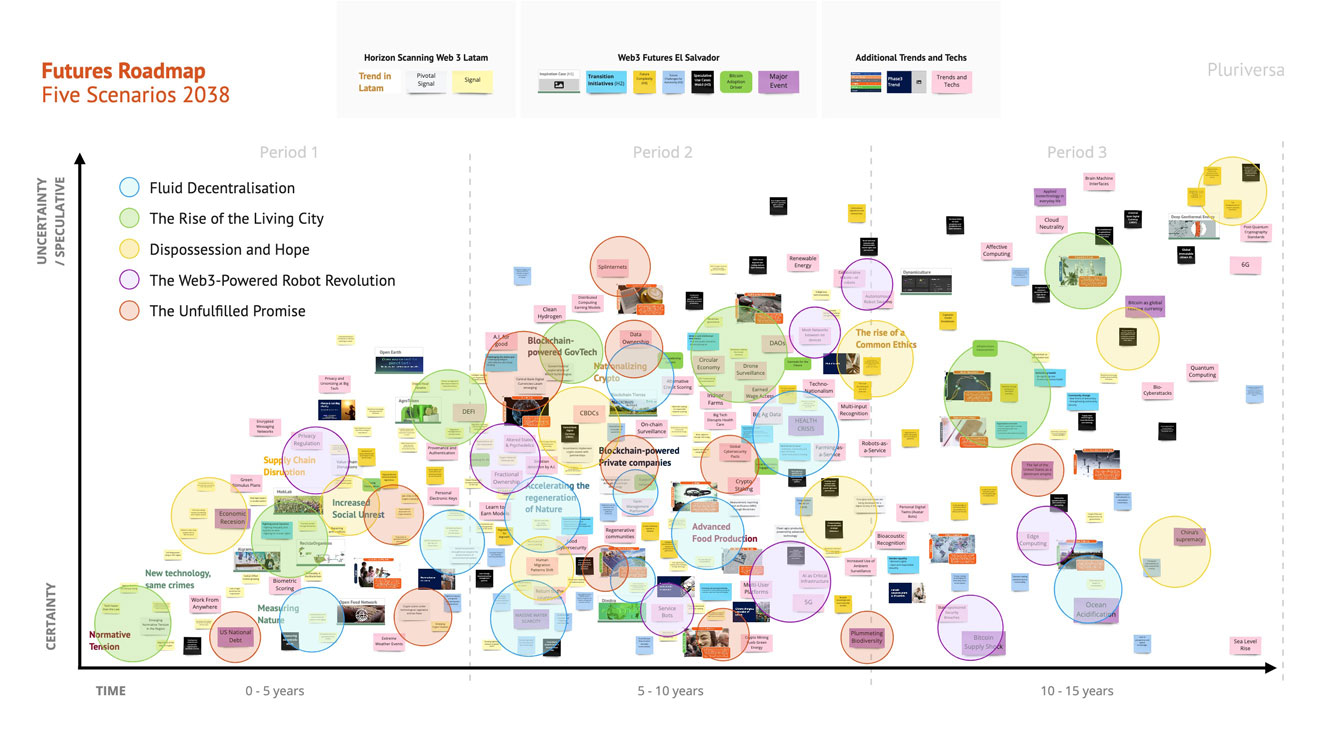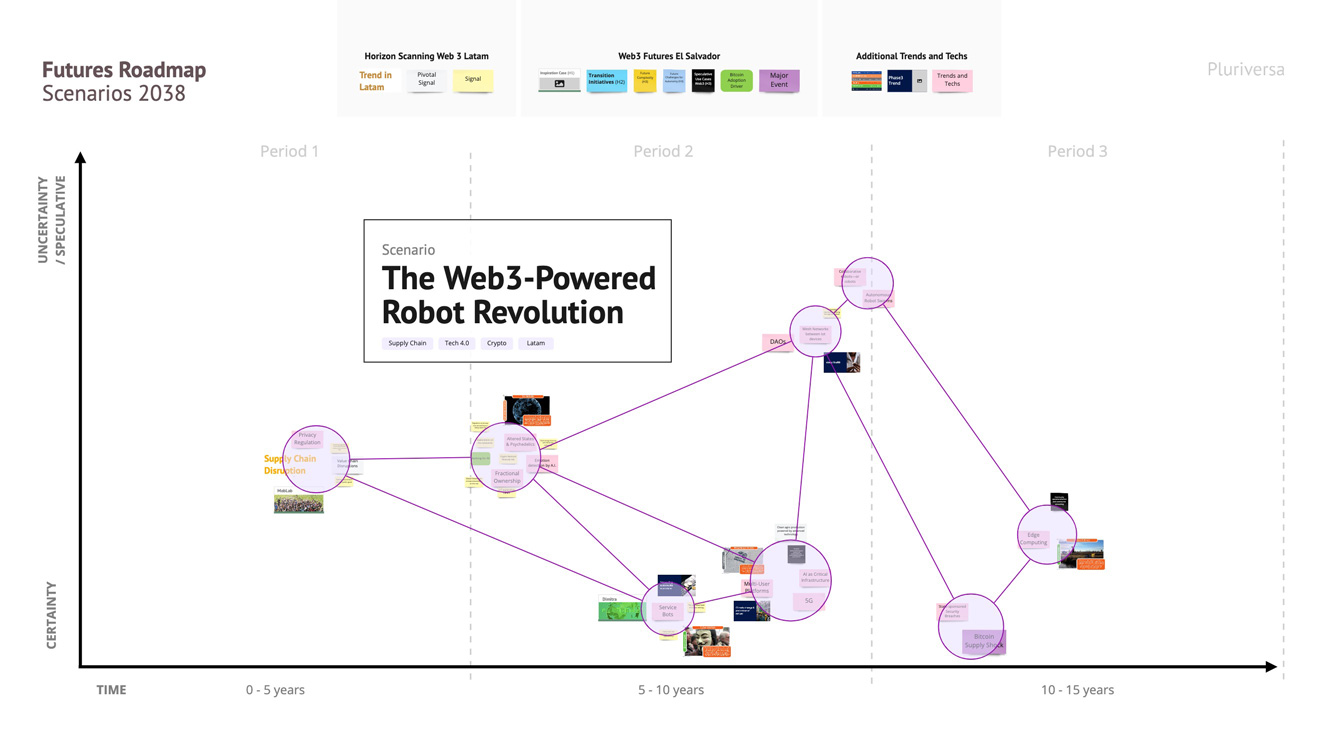Our scenarios
The Web3-Powered Robot Revolution - 2038
Scenario overview
2023 became known as the year of ‘the great shortage’. In time, countries moved away from globalization and relocated entire industries back home. Countries in Latin America established their own data centers using a decentralized Web3-based cloud. These allowed Web3 robots to become functional, and life began to change drastically. However, the fundamental social transformation occurred when people were able to create their own legally binding avatars in the Metaverse. What could go wrong when robots and avatars trade at the speed of light?
*This scenario was created originally in British English.
-
Web3 Speculative Futures Latam
Sector:
Web3, Bitcoin, Blockchain
Key topics:
Supply chain, Tech 4.0, Crypto, Latam
Time horizon:
2038
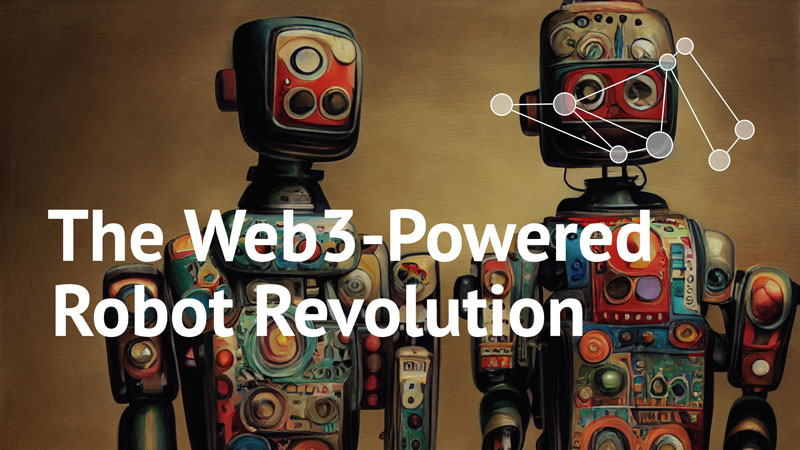
Supply Chain Disruption
The year 2023 came to be remembered as “the great shortage” because of the supply chain disruption. As a consequence, 15 years later, countries had turned their external commerce policies, inverting their commercial balances and reestablishing important industries on their soil. The global economy figured out that certain strategic goods are best produced locally to avoid the risk of shortages in logistics supply chains. Globalization had been successful, but for many, it was necessary to rethink some aspects.
Developed countries saw an excellent opportunity to offer robotic and automation solutions to the global south. They gave them robots (hardware) and software so the robots could operate in a decentralized manner. This was all possible thanks to the risk aversion developed against the centralized models of Web2. In its place, Latin American countries hosted their data on a decentralized Web3 cloud. This cloud was censorship-resistant, and the distributed data system guaranteed that information would not be affected at a given point, making a server hack useless.
Latin America adopted these robot and automation technologies without giving them much thought in order to be able to produce locally certain strategic goods. This way, developed countries with a robotic industry were able to establish new commercial relations and consolidate a new form of economic power in the emergent market of robotic services, integrating multiple 4.0 technologies, like artificial intelligence, the Internet of Things (IoT), and, of course, Blockchain.
As on other occasions, the Latin American private sector was obliged to implement state-of-the-art technology in its logistical operations; otherwise, it would have had a disadvantage against external competitors. With time, Latin American tech talent specialized in developing Web3 software and the artificial intelligence used by robotic systems, converting software and artificial intelligence into two of the most important exports of the region.
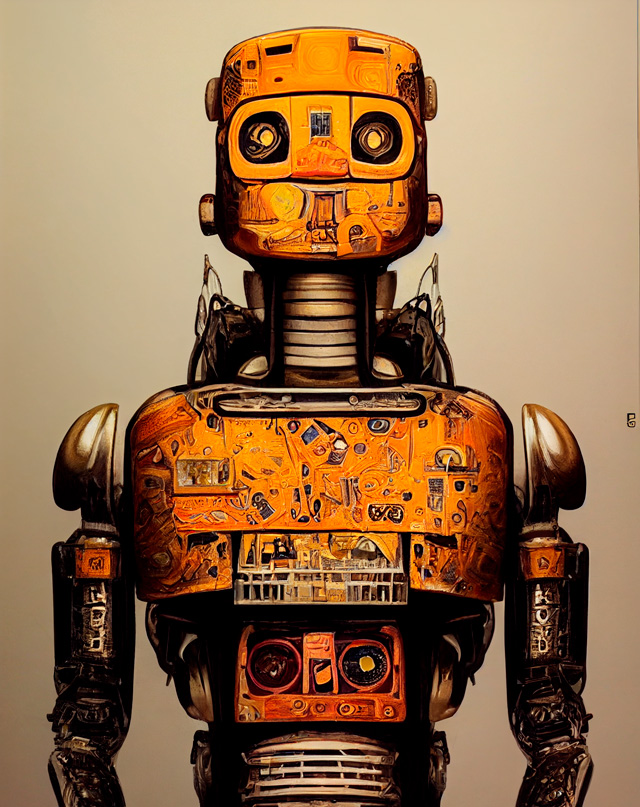
Robots with transactional power
The combination of Blockchain, the IoT, and Artificial Intelligence became the common denominator of complex production processes. This implementation meant that, progressively, and thanks to the Web3, robots developed the ability to perform valuable transactions using a vast universe of cryptocurrencies, each with its own capabilities and features.
For example, it became common for the autonomous vehicle of an average family to manage its own wallet with a balance of different cryptocurrencies so that it could interact autonomously with the robots of electricity or hydrogen charging stations or vehicle repair robots.
Such was the development resulting from robots that countries in Latin America and near the Equator in other continents, because of their geostationary orbits, were able to develop their own space programs based on Decentralized Science (DESci). This incentivized scientists to openly share their research and receive credit for their work.
Thanks to this, it became common for robot satellites to manage their smart contracts autonomously, as well as the tokens they receive in exchange for specific tasks and the spatial discoveries they make on a daily basis.
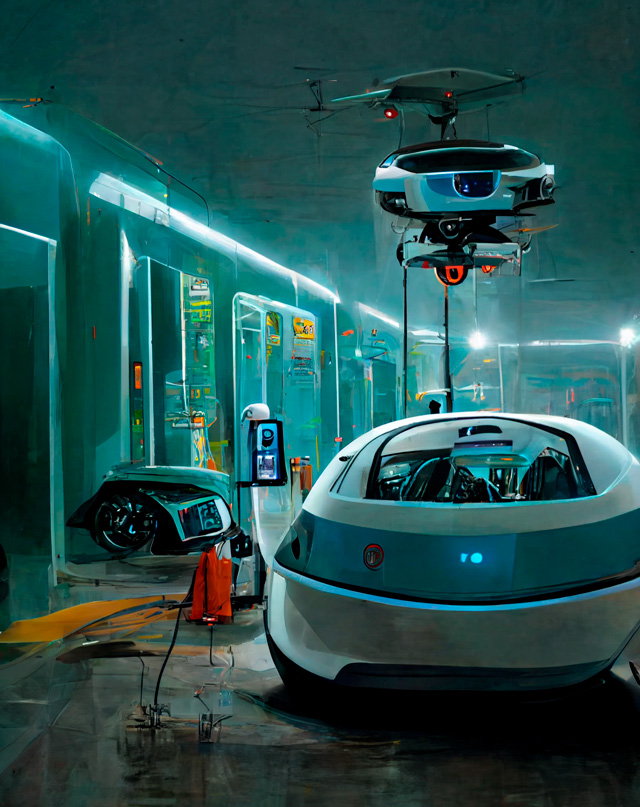

The transactional inflexion
However, the true sociological transformation emerged when people created autonomous avatars of themselves in the Metaverse. These avatars represented users legally and transactionally through the power of artificial intelligence and cryptocurrencies.
Autonomous avatars and robots, both with strong transactional power, unleashed an employment crisis when they started trading value in the real world at the speed of light. This revolution generated discontent among the Latin American working classes. Consequently, this evolved into riots where all sorts of robots were burned and vandalized. The offices and factories of international robot manufacturers were also affected.
Paradoxically, inside the Metaverse, millions of avatars protested following the orders of their humans. Street riots were contained with a very real fleet of last-generation drones and police robots that governments had just acquired.
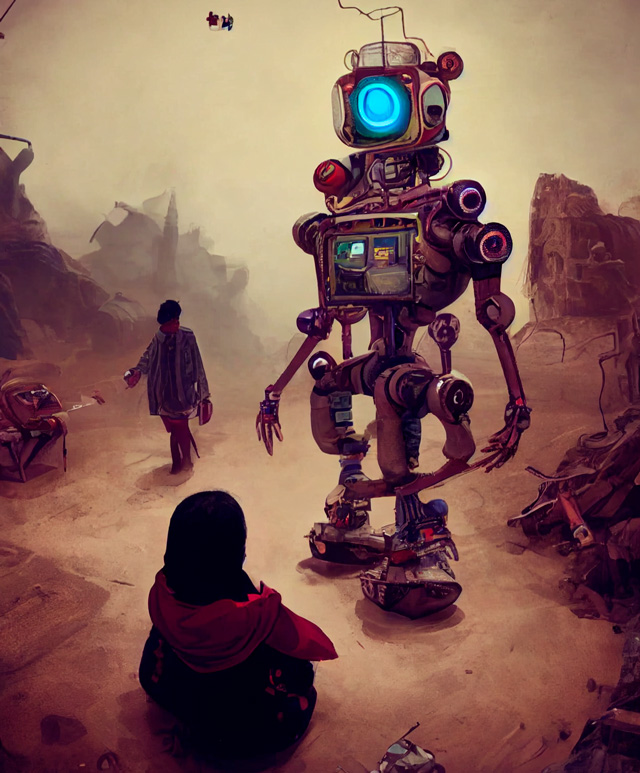
AI Emotion Detection
To calm the protests, regulators promised to transform and revise algorithms so they could limit the impact of crypto-robot transactions on the life of citizens. As a result, many governments implemented strict robot regulations regarding operational and security protocols. Some countries even implemented Isaac Asimov’s laws of robotics as part of the new ethical regulations to protect people’s lives while keeping the functional integrity of robots.
Many manufacturers and suppliers of robotic services implemented emotion detection algorithms to anticipate criminal acts against robots due to the increasing levels of robophobia. These algorithms were designed to alert manufacturers about any potential hostile behavior against robots. This is still a controversial issue.
In the eyes of many people, this technology needs improvements. To them, it has implicit biases capable of generating inadequate information and, in some cases, even causing problems.
To solve this issue, governments of the global south created an emotion bank to cover up the different Latin American emotional expressions. This allows for more empathic interactions between humans and robots, delivering an essential Artificial Emotional Intelligence (AEI) component to the average experience of Latin American users.
To make this possible, many countries created the figure of an International Robot Agency. It is not unusual to find divisions for Web3 and AEI within these agencies.
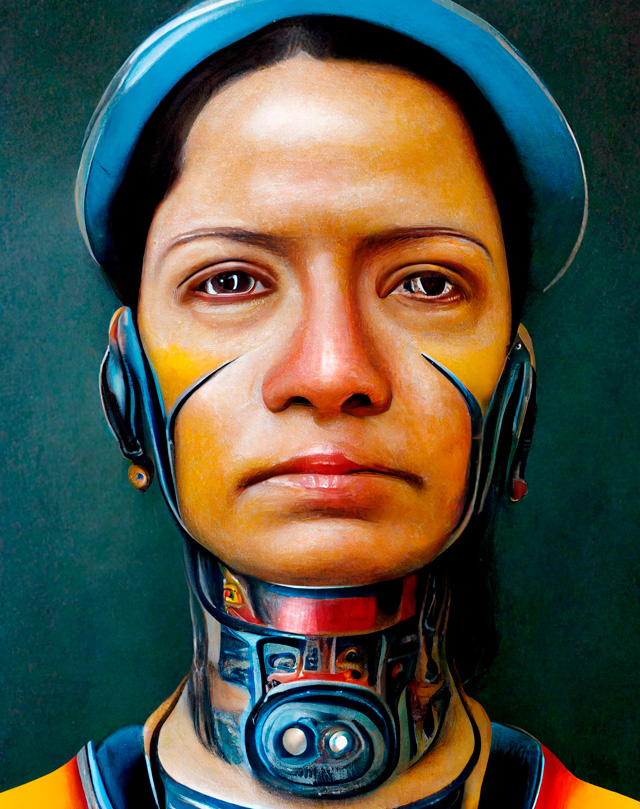
Crypto Supply Shock
The world will never forget the day when significant quantities of many cryptocurrencies disappeared from one moment to the next due to a bug in the Linux operating system. Being widely used in cryptographic nodes worldwide, the consequences of this event had an impact on a global scale, both in human and robotic economies.
Economists all over the world have raised their flags. They think that this situation might result in a new crisis.
On the one hand, crypto-robot transactions have stalled, and people fear the upcoming chaos in the global supply chains. This last would take the world back 15 years to “the great shortage” when everything began. On the other hand, many people lost their cryptocurrencies and other similar assets. If nothing is done, the economy could be seriously affected, and millions would end up in the streets.
Of course, just like humans, the satellite robots of the Latin American space program would also go bankrupt.
